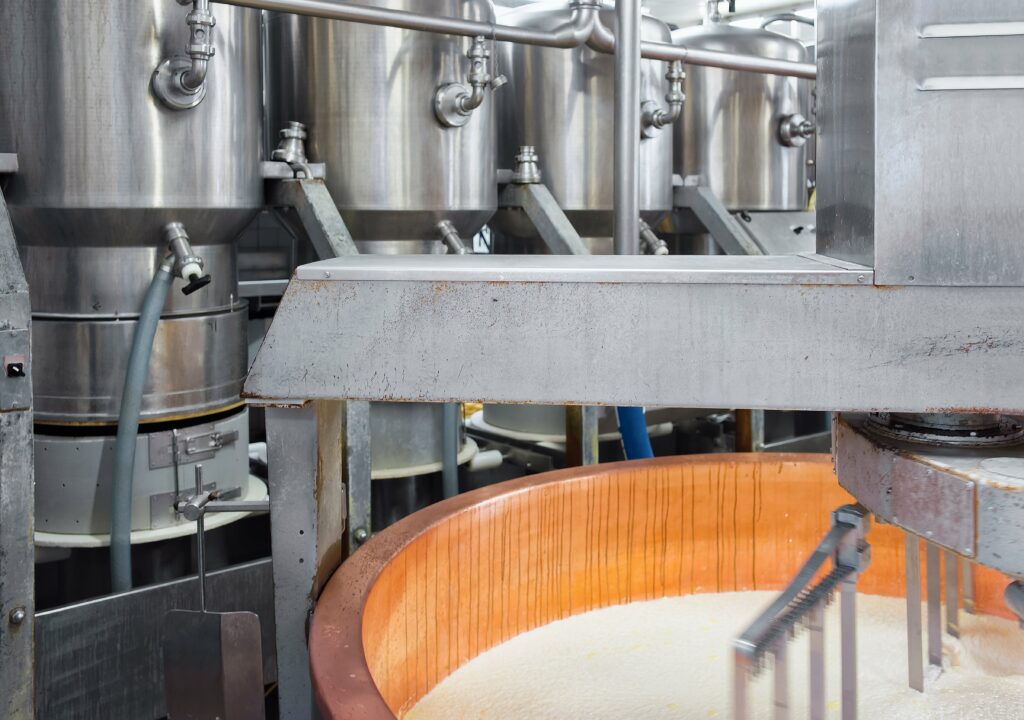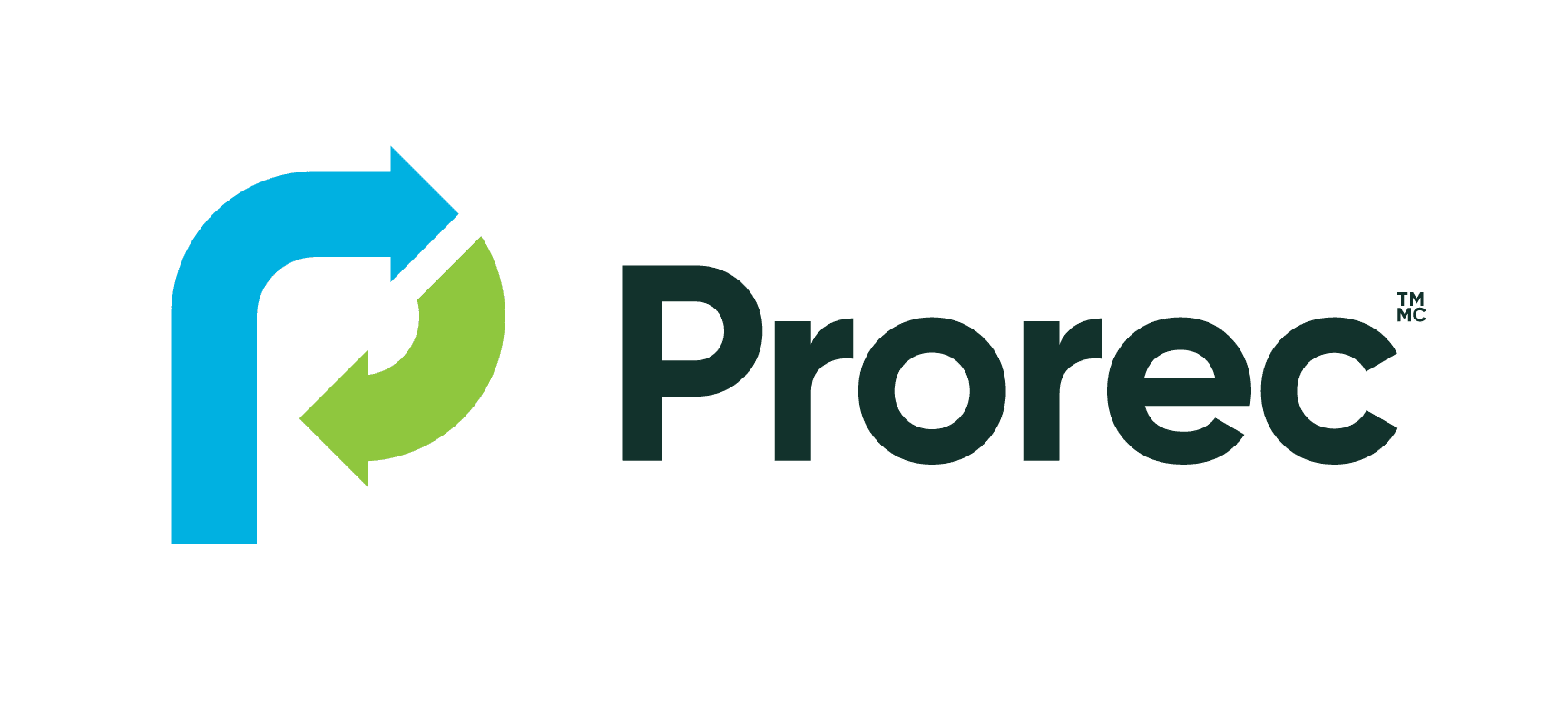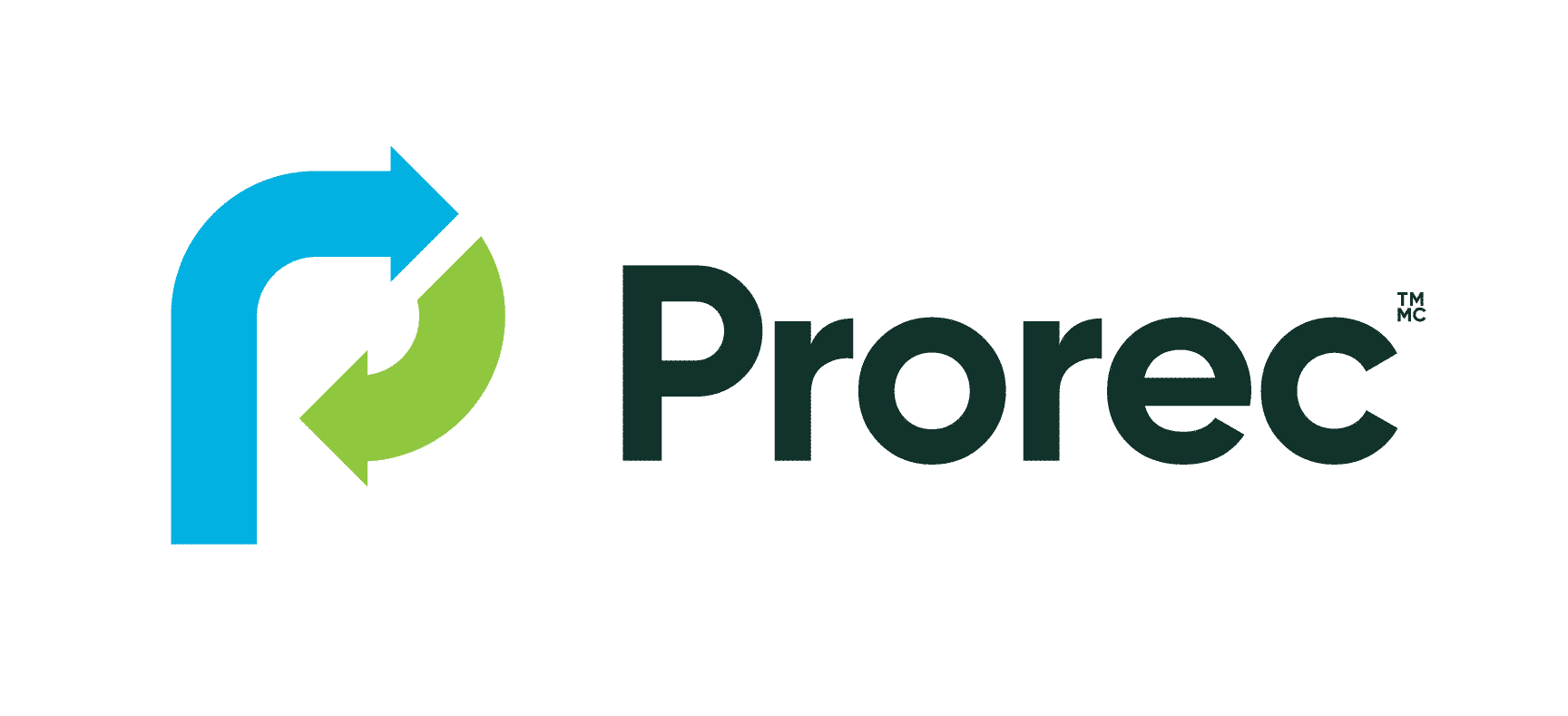
In the heart of the food sector, where the richness of milk products tantalize our taste buds, a less visible but equally vital aspect demands our attention : The management of the considerable volumes of dairy waste produced by this thriving industry.
In the following article, we embark on a journey through the multifaceted realm of dairy waste, uncovering not only its significance within the food industry but also unveiling pioneering solutions to address this challenge effectively, for example, through food recycling.
Understanding dairy waste
Overview of dairy industry
The dairy industry, a vital component of the agro-food sector, churns out a wide array of products, from milk to cheese. This industry is of significant size, with over 90 million hectoliters of milk produced annually, in Canada’s dairy farms. However, the production process invariably yields its fair share of dairy waste, in the case of both organic herds and conventional herds. These are a matter of concern for both environmentalists and food industry leaders.
Various forms of dairy waste generated
Dairy waste takes on various forms, for example wastewater (dairy effluents), whey, residual milk products, and fatty residues. These byproducts, if not managed properly, can pose environmental challenges and transform into toxic substances. However, their potential for creative reuse and valorization remains largely untapped. It must be understood that proper waste management and re-utilization can not only benefit the environment, but also prove profitable to the different parties involved.
Importance of dairy waste utilization
Reducing environmental impact and operating with economic efficiency are paramount goals for the dairy industry. Utilizing dairy waste holds the key to achieving these objectives.
Reduction of environmental pollution and greenhouse gas emissions
The efficient management of dairy waste not only improves water quality through the reduction of chemical oxygen demand but also curtails greenhouse gas emissions. By addressing these environmental concerns, the dairy industry can make a substantial contribution to sustainability.
Creating a circular economy and contributing to sustainable food production
The concept of a circular economy has gained prominence in recent years. Repurposing dairy farm waste aligns with this vision, transforming waste into valuable resources. It fosters sustainability by contributing to the creation of a self-sustaining food production ecosystem, through the transformation of waste into value-added products.
Prorec: Leading the way in food reuse
A specialization in food waste repurposing
Prorec has emerged as a front-runner in the field of food waste repurposing, particularly in the context of dairy operations. Their commitment to ecoprofitable solutions sets them apart. Prorec’s expertise in providing sound advice, coupled with quality equipment, underlines its commitment to reducing costs and diminishing environmental footprints.
Our solutions for reduction and valorization
At Prorec, we pride ourselves on offering creative and efficient solutions for dairy waste valorization. Through anaerobic digestion, microbial fermentation, and other biological treatments, we ensure that waste is transformed into valuable resources, such as animal feed.
Other possible transformations include biogas production (a renewable energy source) but this option is used when animal feed is not possible. Some studies suggest that municipal wastewater treatment plants could successfully use effluents for citric acid production.
In a world where environmental responsibility and sustainability have become non-negotiable, Prorec stands as a reliable partner for the dairy industry. We aim to demonstrate that, with the right methods and biological processes, dairy waste can be an asset, not a liability.



